Results
-
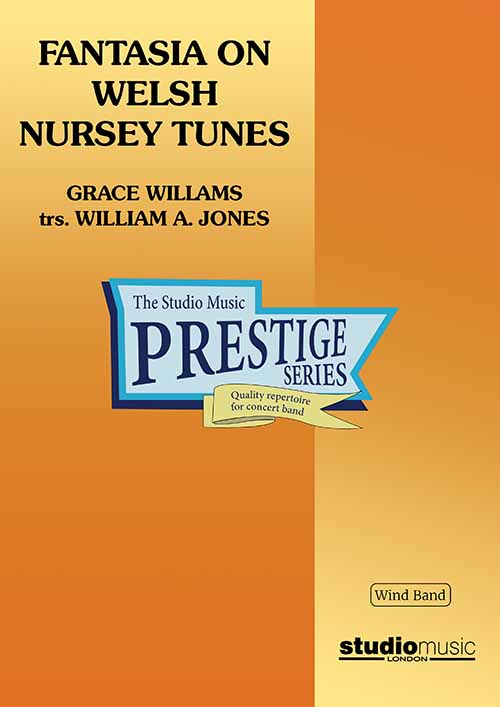 £24.95
£24.95Fantasia on Welsh Nursery Tunes (Concert Band - Score only) - Williams, Grace - Jones, William A.
Grace Williams (1906 - 1977) from Barry, South Wales, was Wales finest composer. She studied composition at the Royal College of Music with Ralph Vaughan Williams and completed the Fantasia on Welsh Nursery Tunes in 1940. The iconic Fantasia, - her most popular work, which brought her to prominence - is a composition for symphonic orchestra based on traditional Welsh nursery tunes and lullabies.It is a light-hearted musical journey through childhood in eight traditional tunes. The jubilant start to the work is echoed in the finale, with a calmer, but effectively scored middle section.The Fantasia was featured in the 2024 Last Night of the Proms. This first Wind Band arrangement received its world premiere by Chalfont Wind Band April 1 2023.Melodies used include:There's Mam coming (Dacw Mam yn Dwad)The Bittern (Deryn y Bwn)Migildi, Magildi (nonsense words imitating the sound of a hammer on an anvil)Sleep my baby (Si lwli mabi)Gee-up, little horse (Gee Ceffyl Bach)Sleep, my pretty child) (Cysga Di, Fy Mhlentyn Tlws)Where are you going, my pretty maid? (Yr Eneth Ffein Ddu)Summer Katie (Cadi Ha)Duration: 11 minutes
Estimated dispatch 7-14 working days
-
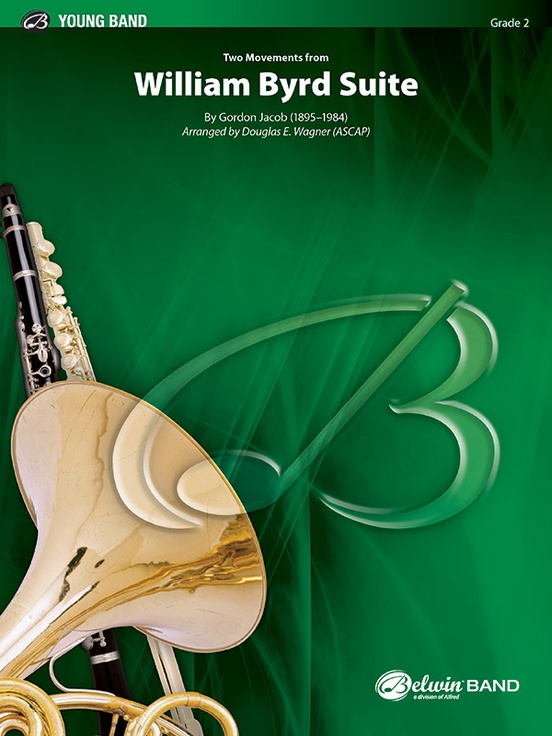 £61.95
£61.95William Byrd Suite, Two Movements from (Concert Band - Score and Parts) - Jacob, Gordon - Wagner, Douglas E.
Of all of Gordon Jacob's major contributions to the British wind band repertoire, the William Byrd Suite (written in 1923) stands as his most-often programmed work. Though originally based on six movements from William Byrd's Fitzwilliam Virginal Book, this setting for developing band incorporates two contrasting movements including "The Earle of Oxford's Marche" and "Wolsey's Wilde." Like Jacob's wind band work, the music is not a mere transcription from the original keyboard collection, but rather stylized with his own inventive musical spirit for modern concert band. A wealth of material here that opens doors to teachable moments as musical textures (dynamic contrasts, articulations, scoring options) are continually changing. Bravo! Duration: 2.30
Estimated dispatch 7-14 working days
-
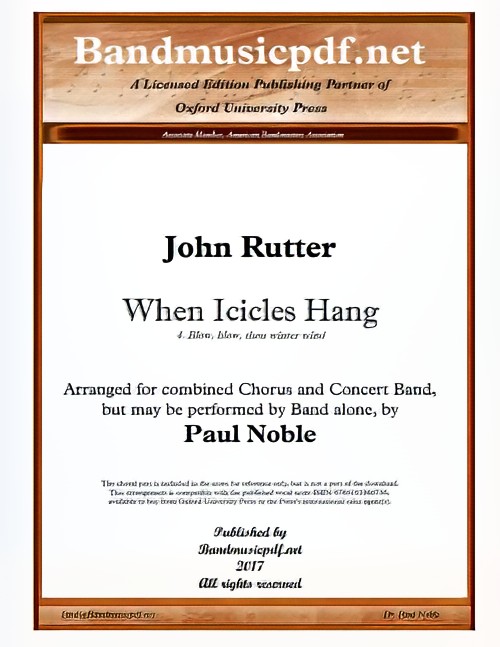 £75.00
£75.00Blow, Blow, Thou Winter Wind (from When Icicles Hang) (Concert Band with Optional Choir - Score and Parts) - Rutter, John - Noble, Paul
John Rutter received an early commission for a piece of music that was seasonal for winter, though not necessarily linked to the Christian traditions of Christmas, in the early '70s. The request came from his friend Russell Burgess, a well-known conductor in the English musical scene and head of the Wandsworth School Boys' Choir through the '60s and '70s. Rutter responded with a six-movement work for orchestra, boys' choir, and mixed chorus, called When Icicles Hang. He chose his texts, characteristically, from Elizabethan and other early English poetry, each text dealing with images from the wintery season, be they the cold, ice-bound landscape and its winds; an older man's weariness in the face of the season; or the contrapuntal pleasures of ale and honey love for those safely inside on winter nights. The movements are: I. Icicles; II. Winter Nights; III Good Ale; IV Blow, blow, thou winter winds; V. Winter wakeneth all my care; VI . Hay, ay. With sparkling orchestration which has been faithfully set for Concert/Wind Band, the work may be performed with chorus as originally written, or may be performed effectively by band alone. The work is available as a complete set of six movements, or each movement may be purchased and performed individually.
Estimated dispatch 7-14 working days
-
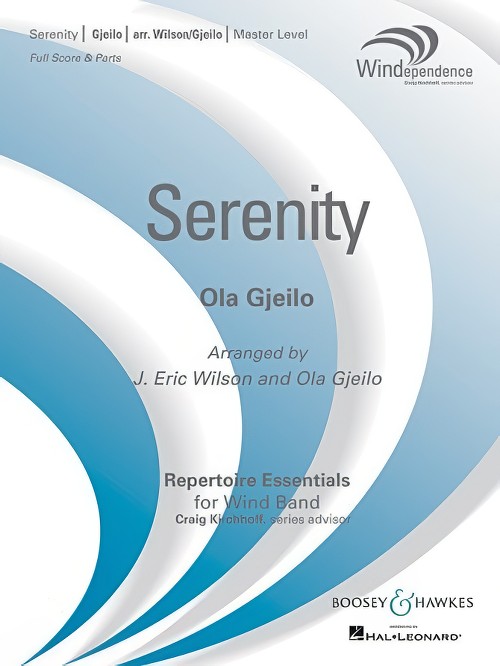 £85.00
£85.00Serenity (Concert Band - Score and Parts) - Gjeilo, Ola - Wilson, J. Eric
Norwegian composer Ola Gjeilo is an emerging star in the realm of choral works, and also with music for wind band. Similar to his earlier band works, Meridian and The Spheres, Serenity is based on a successful choral work. Beautifully arranged by J. Eric Wilson along with the composer, this version for wind band maintains all the wonder and magic of the original work. The opening is ethereal and sombre, with sustained chords in clarinets and bowed percussion supporting a delicate oboe solo. The middle section shifts the principal modality from minor to major, and the layering orchestration and rising tessitura creates a tremendous rush of energy that leads to a triumphant climax. The closing section returns to the timbre of the opening, but now painted with hopefulness and healing.Duration: 5:00
Estimated dispatch 7-14 working days
-
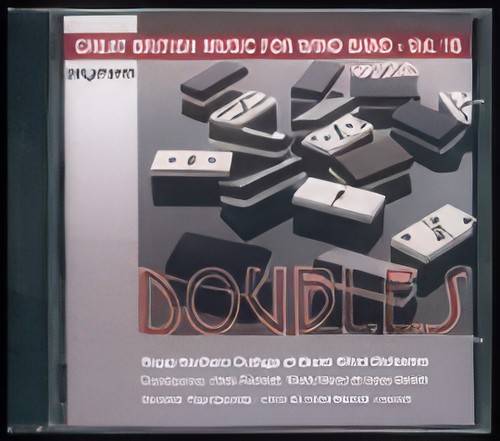 £13.95
£13.95DOUBLES (Royal Northern College of Music Wind Orchestra) (CD)
Great British Music for Wind Band Vol.16 Royal Northern College of Music Wind Orchestra conducted by Clark Rundell, Mark Heron & Dario Sotelo. Guest Soloists: Paul Goodey (Oboe), Linda Merrick (Clarinet).Includes:A Malvern Suite (Sparke/Holland)Musing on a Phrase (Darrol Barry)Heritage Suite (What Hope Saw) (Nigel Clarke)Doubles (A Concerto for Oboe, Clarinet & Wind Orchestra) (Gary Carpenter)Malcolm Arnold Variations (Martin Ellerby)
Estimated dispatch 7-14 working days
-
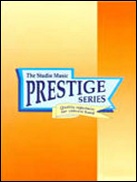 £18.95
£18.95HEROIC MARCH (from Epic Symphony) (Prestige Concert Band Extra Score) - Fletcher, Percy - Sparke, Philip
Extra Score. Last movement of the 1923 classic brass band contest piece, which adapts perfectly for concert band! Performance time 5'20" Recorded on QPRM153D WIND BORNE (Great British Music for Wind Band Vol.14)
Estimated dispatch 7-14 working days
-
 £94.95
£94.95HEROIC MARCH (from Epic Symphony) (Prestige Concert Band Set) - Fletcher, Percy - Sparke, Philip
Score and Parts. Last movement of the 1923 classic brass band contest piece, which adapts perfectly for concert band! Performance time 5'20" Recorded on QPRM153D WIND BORNE (Great British Music for Wind Band Vol.14)
Estimated dispatch 7-14 working days
-
 £112.95
£112.95James Cook, Circumnavigator (Prestige Concert Band - Score and Parts) - Vinter, Gilbert - Lamb, Kevin
Originally one of the classic contest works for brass band, this evocative piece has gained life and colour in this transcription for wind band by Kevin Lamb. It depicts the vast and daring voyages of the great explorer, ending with his tragic death at the hands of natives in Hawaii.Performance time 10'50"Recorded on QPRM115D GREAT BRITISH MUSIC FOR WIND BAND, Western Band of the Royal Air Force
Estimated dispatch 7-14 working days
-
 £22.95
£22.95James Cook, Circumnavigator (Prestige Concert Band - Score only) - Vinter, Gilbert - Lamb, Kevin
Originally one of the classic contest works for brass band, this evocative piece has gained life and colour in this transcription for wind band by Kevin Lamb. It depicts the vast and daring voyages of the great explorer, ending with his tragic death at the hands of natives in Hawaii.Performance time 10'50"Recorded on QPRM115D GREAT BRITISH MUSIC FOR WIND BAND, Western Band of the Royal Air Force
Estimated dispatch 7-14 working days
-
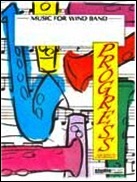 £13.95
£13.95YORKSHIRE OVERTURE, A (Progress Concert Band Extra Score) - Sparke, Philip
Extra Score. A brilliant example of Philip Sparke's mastery of wind band orchestration, bursting with rhythmic energy. Performance time 5'28" (Recorded on QPRM117D FESTIVAL OF MUSIC 1991 (Massed Bands of the Royal Air Force); QPRM153D MOSAIC: Great British Music for Wind Band Vol.13 (Royal Northern College of Music Wind Orchestra)
Estimated dispatch 7-14 working days
